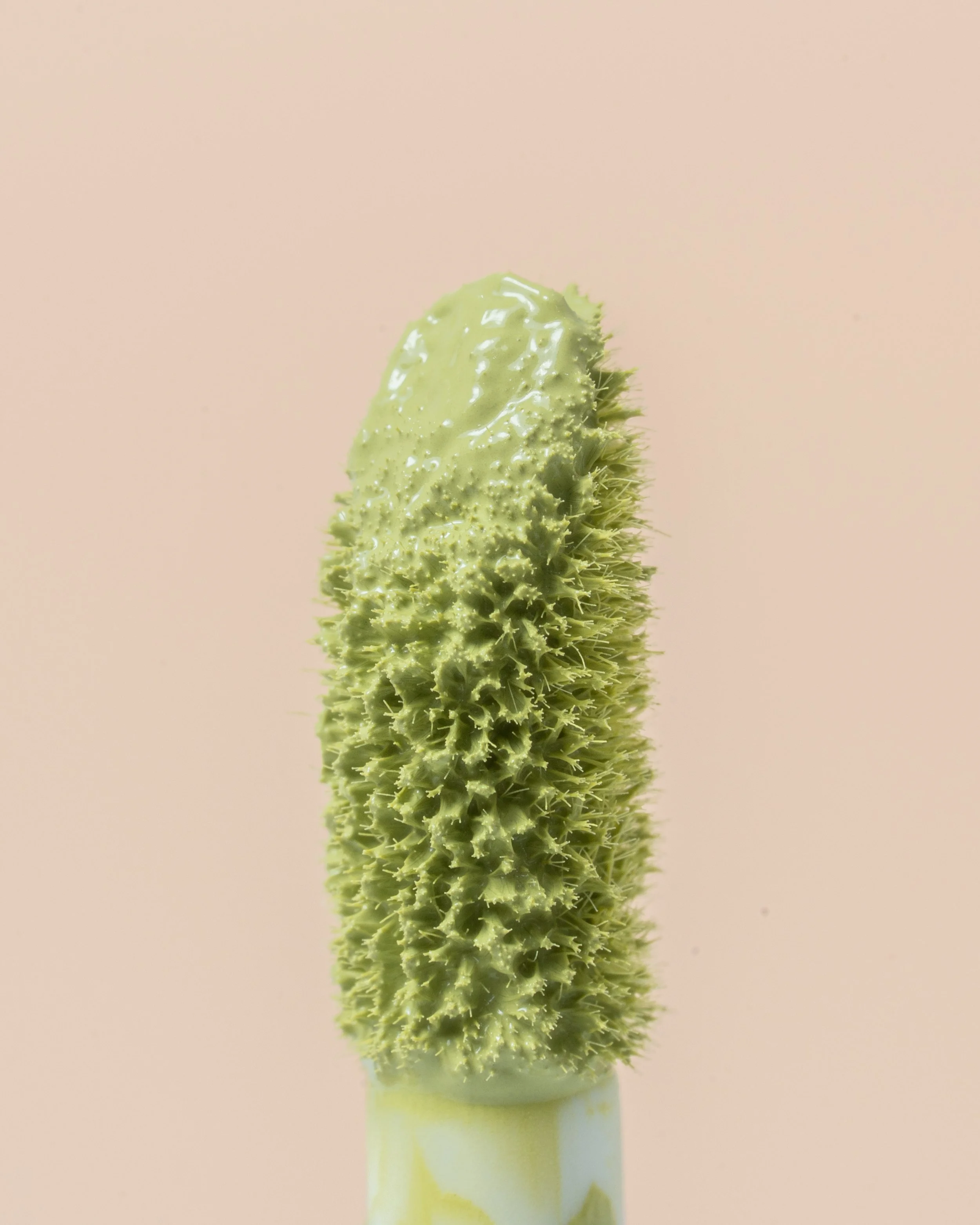Why You Might Still Need a Color Corrector (Even If You Own a Full-Coverage Concealer)
Do you really need color correctors? For a lot of us, they seem like one of those optional steps in makeup—like contouring your nose or doing five layers of skincare before foundation. But there are times when even our fullest coverage concealer isn’t enough to cancel out stubborn redness or those dark, purplish shadows under the eyes. That’s where color correcting comes in.
At its core, color correcting is all about the color wheel. Remember that from art class? Colors that sit opposite each other on the wheel cancel each other out when layered. So green neutralizes red, and peach (or orange) cancels out blue and purple tones. It’s basic color theory, but it works wonders in makeup when you apply it correctly.
Enter the Careline Spot Corrector, now available in Green and Peach (P199 for 5.5 ml). These two shades are designed specifically to target the most common discolorations we deal with, like redness from acne or irritation, and dark circles or dull spots. The formula has medium to full coverage, blends easily, and stays put for about five hours. But the trick to making them work isn’t just in the formula. It’s in how you use them.
What is a green color corrector for?
Green cancels out red. This is great for covering blemishes, inflamed spots, or general redness around the nose and cheeks. You don’t need a full green base, just a light layer over the discolored area.
But here’s where people often go wrong: you have to follow up with a skin-toned concealer or foundation. On its own, a green corrector will absolutely make your skin look like you’re auditioning for the Shrek broadway show. It's not meant to be left uncovered; it’s just there to neutralize. Once it’s topped with your usual base product, the green disappears, and you're left with a more even tone without having to pile on concealer.
How about the peach color corrector?
Peach (and its deeper cousin, orange) is used to neutralize dark, bluish or purplish tones. Think under-eye circles, post-inflammatory hyperpigmentation, or dull areas around the mouth. On medium to deep skin tones especially, using just a beige concealer over dark circles can look ashy or grey. A peach corrector brings warmth back to the skin and helps your concealer do its job better.
The Careline Peach Spot Corrector hits a nice balance—it’s warm without being too orange, and it works beautifully under regular concealer. Again, the key is to apply a sheer layer, blend it in, and then follow up with your concealer. Skipping that final step will leave you with peach-toned patches, which nobody wants.
Here’s a video of how I like to use the Green and Peach correctors. I actually prefer layering them on top of one another because they deliver a super seamless finish on my skin; somehow, they end up being a perfect shade match together!
Do you need a color corrector if you already have full-coverage concealer?
Not always. If your base products already give you full, opaque coverage and you’re not dealing with intense discoloration, you might not need a corrector at all. But there are situations where color correctors can really shine.
For example, some acne marks or fresh pimples are just too red for concealer to handle on its own. You might find yourself layering product until it looks cakey, but still not fully covered. Similarly, if your dark circles are more of a purplish blue than brown, you may notice that regular concealer just lightens them without truly cancelling the gray shadow. In these cases, a color corrector acts as a soft-focus filter that helps you use less product overall, while still getting better results.
The Careline Spot Correctors in Green and Peach are a great way to experiment with color correction without spending too much. I I like that they offer enough pigment and coverage to be effective, but they’re still lightweight and blendable for daily use. So if you’ve been layering your concealer and still not getting the even finish you want, it might not be about coverage—it might be about color. Use the color wheel to your advantage, top your corrector with a concealer that matches your skin, and you’ll get that natural, flawless base with less effort.
Have you tried using color correctors before? Or do they still feel a bit intimidating? Let’s break it down in the comments.




